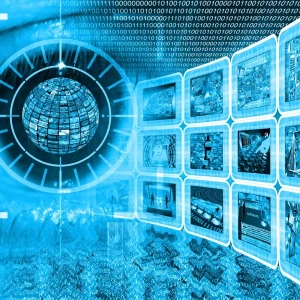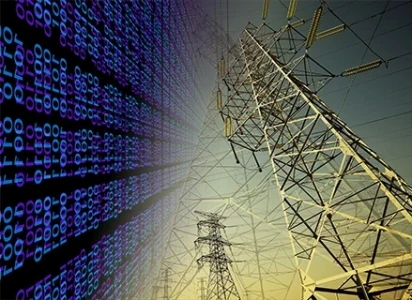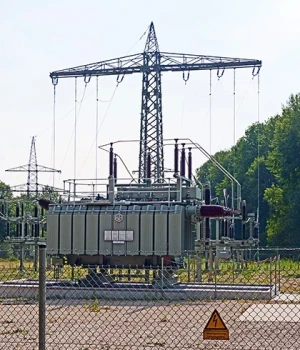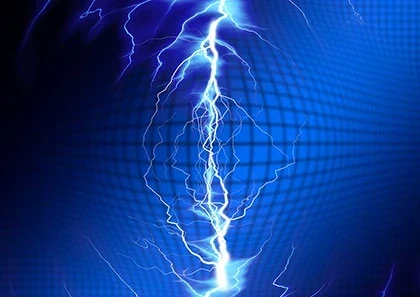4 Benefits of Distribution Automation in a Decentralized Energy World

When dozens of utilities received stimulus funds for distribution automation projects in 2009, solar was barely a gigawatt-scale market in the U.S. Sandy was simply a lead character in Grease, not a superstorm that would prompt cities and states to reassess the future-readiness of their electricity systems.
Much has changed in America’s power sector in the past decade. Powerful storms have made resiliency a focus for the industry. In the past two years alone, 25 gigawatts of solar have been installed. Renewable portfolio standards have intensified in many states, and are increasingly being backed up by regulatory innovation that encourages utilities to rethink their business models.
The need for more flexible, resilient grids in the face of extreme weather and increasing distributed energy resources has made distribution automation all the more critical. DA brings together digital sensors and switches with advanced communication and software to automate activities on the distribution grid, thus providing increased visibility across the system.
As utilities are increasingly faced with requirements for hosting capacity analyses for distributed resources, DA has become a fundamental building block for the utility of the future.
“Getting the right information is key to generate the business case,” said Makary Tarnoff, senior director of strategic marketing at Aclara.
There are a multitude of lessons learned for utilities that want to leverage DA to mitigate impacts of distributed resources on their systems. “There isn’t a utility I talk to that doesn’t see that impact,” said Tarnoff. “Even the smallest ones are seeing it.








